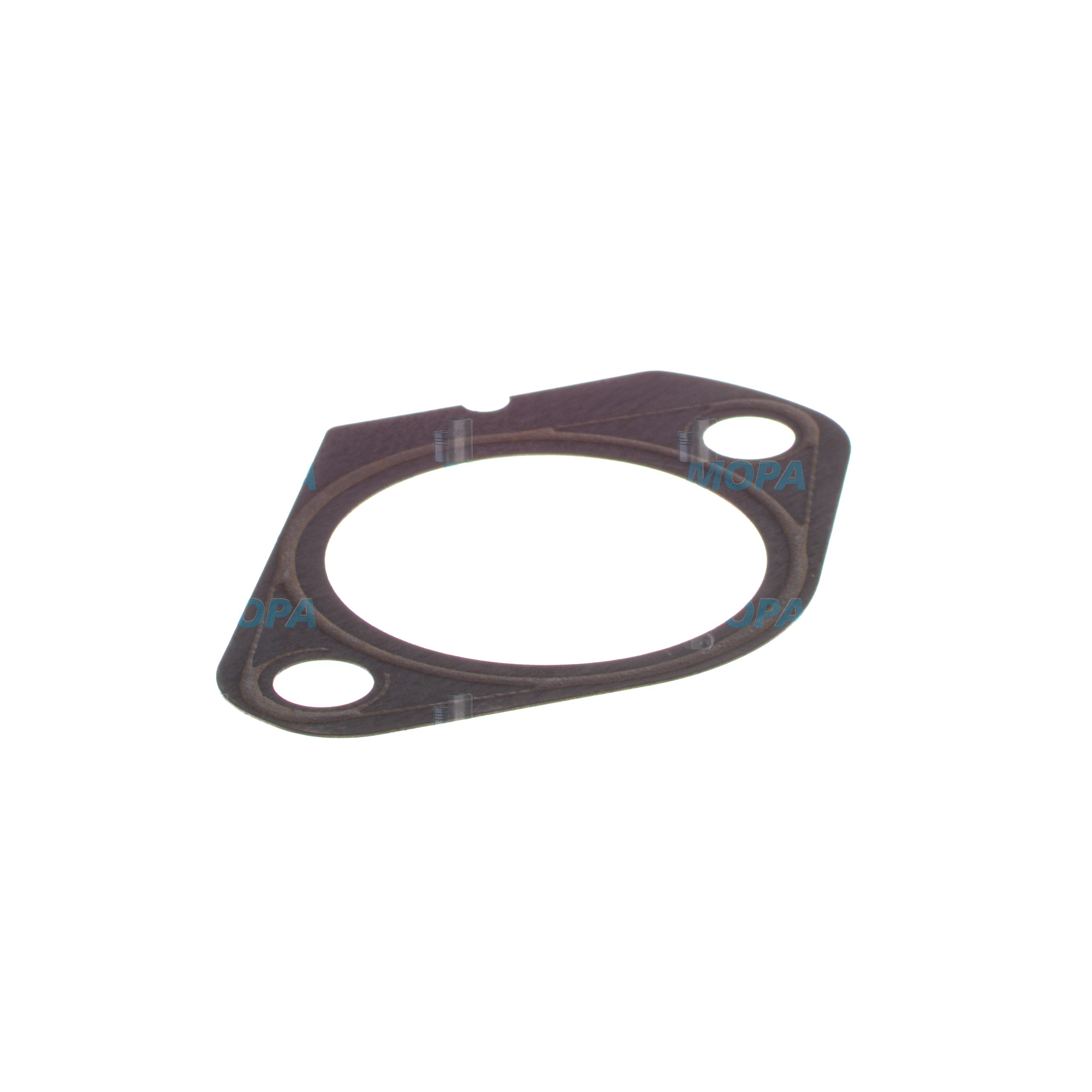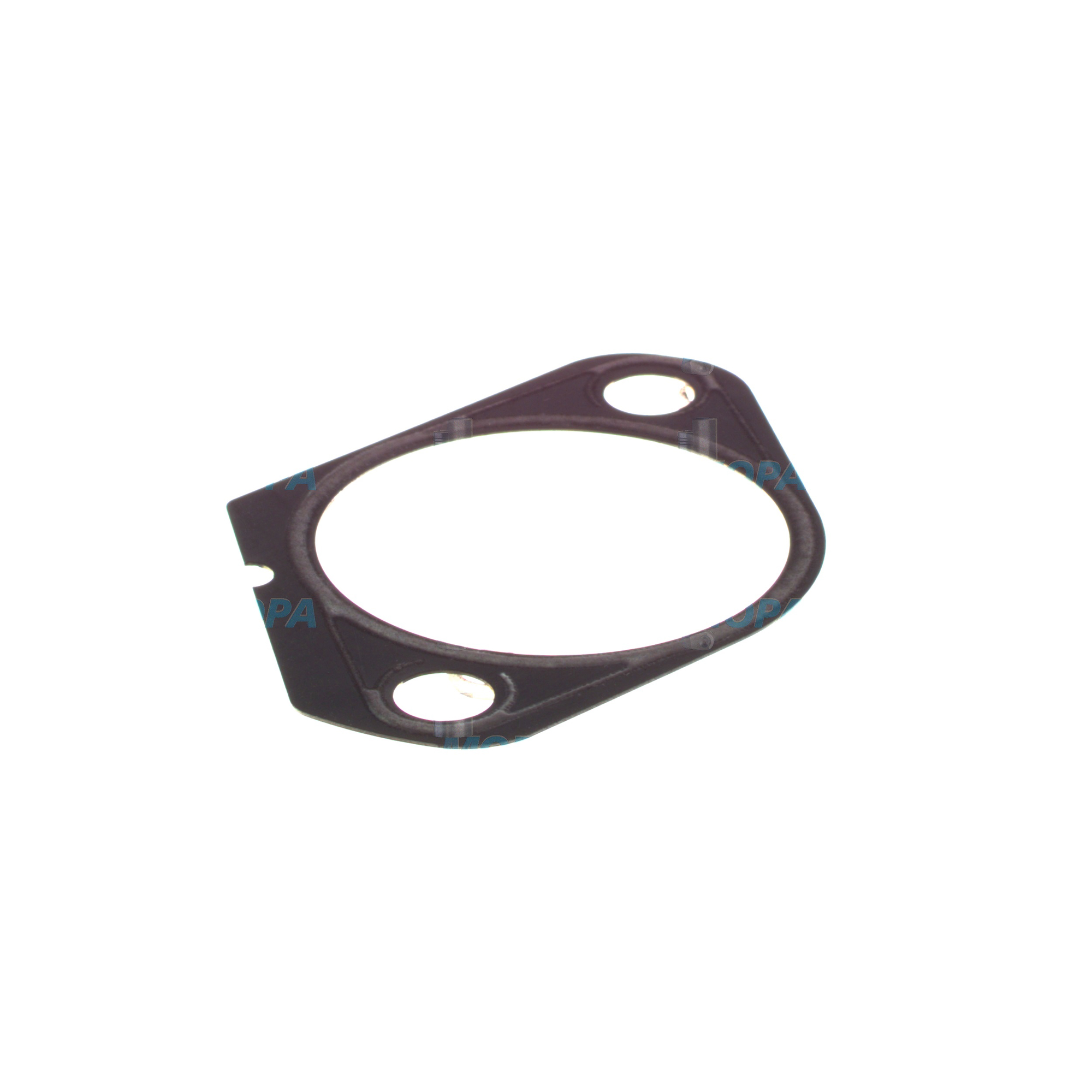COMPENSATING GASKET for high-demand Gaskets in marine and industrial engines
Gaskets are precision-engineered sealing elements that create reliable, leak-free joints between metallic components in engines and auxiliary systems. From cylinder heads and exhaust manifolds to turbocharger interfaces, pumps, coolers, and flanged pipework, they prevent the escape or cross-contamination of combustion gases, lubricants, coolant, and charge air. Within this category, the COMPENSATING GASKET plays a specialized role: it not only seals, but also balances tolerances, surface irregularities, and thermal movements that inevitably occur in heavy-duty diesel and gas engines. For shipowners, plant operators, and procurement teams, the right selection of gaskets is essential to protect performance, minimize downtime, and keep maintenance predictable.
In large marine engines and stationary power units, operating conditions are severe—high temperatures, pressure pulsations, vibration, and differential thermal expansion. Gaskets and, in particular, the COMPENSATING GASKET are designed to maintain joint integrity under these conditions, preserving engine efficiency and safeguarding critical components like liners, bearings, and turbochargers.
Technical function of Gaskets and the COMPENSATING GASKET in marine and diesel engines
All gaskets must achieve three things: seal, sustain, and stabilize. They seal by conforming to micro- and macro-roughness on flange surfaces; they sustain by retaining compressive stress over time; and they stabilize the joint by distributing load evenly. Materials vary by application—graphite composites for high heat, PTFE-based sheets for chemical resistance, elastomer-bonded fibers for general service, spiral-wound and multi-layer steel (MLS) for high-pressure or cyclic loading. The COMPENSATING GASKET adds another layer of functionality by accommodating manufacturing tolerances and thermal growth. In a diesel engine, for example, it can equalize flange gaps caused by casting variations or distortion, maintaining uniform bolt load and preventing localized stress peaks that lead to leaks.
In a marine engine exhaust run, a COMPENSATING GASKET absorbs slight misalignment between sections while resisting hot gas erosion. In charge-air and coolant circuits, it preserves sealing pressure despite thermal cycling, reducing the risk of pressure loss and performance drop. When sourced as COMPENSATING GASKET OEM parts, the construction—bead geometry, thickness, carrier layer, and surface coating—matches the joint design, ensuring correct compressibility and recovery without overstressing bolts or crushing soft flanges.
- · Reliable sealing of gases and fluids under thermal cycling.
- · Controlled compressibility and recovery for stable bolt preload.
- · Tolerance compensation to bridge flange irregularities and misalignment.
- · Resistance to oil, fuel, coolant, and exhaust condensate.
- · Options in graphite, PTFE, fiber, spiral-wound, and MLS constructions.
- · Blowout resistance for high-pressure and pulsating service.
- · Reduced vibration-induced fretting at joint faces.
- · Dimensional accuracy for repeatable assembly and service intervals.
Importance of Gaskets for reliable engine operation and service life
Gaskets are small components with a disproportionate impact on uptime and lifecycle cost. A compromised head, exhaust, or cooler gasket can trigger cascading failures: coolant in lubrication oil leading to bearing damage, exhaust leaks that overheat nearby equipment, or charge-air leaks that reduce turbocharger efficiency and raise fuel consumption. Even minor weeping at joints introduces corrosion, increases housekeeping workload, and can fail class inspections.
In heavy-duty diesel engine applications, a failed COMPENSATING GASKET accelerates flange fretting and bolt relaxation. As clamping force falls, leakage worsens, creating hotspots, soot tracks, and uneven thermal loading that distorts adjacent components. Ultimately, unplanned shutdowns and emergency repairs drive costs far beyond the price of a properly specified gasket set.
Typical failure modes to prevent with correct Gaskets
Common issues include creep relaxation of the gasket material, compression set due to over-torque, chemical attack on incompatible binders, and blowout from pressure spikes. Surface finish outside specification, reusing aged studs, or skipping torque sequence can also defeat even a high-grade COMPENSATING GASKET. Selecting parts with the correct thickness, construction, and coating—and following the prescribed torque and retorque routines—directly reduces these risks.
Installation and maintenance considerations
To maximize gasket performance, verify flange flatness and roughness, replace corroded fasteners, clean and degrease mating surfaces, and use calibrated torque tools. Choose COMPENSATING GASKET thickness to restore design geometry without compromising preload. After thermal stabilization, perform any required retorque. These practices extend service intervals and keep engines in compliance with performance and safety targets.
Advantages of OEM spare parts suitable for Gaskets and the COMPENSATING GASKET
OEM spare parts suitable for Gaskets safeguard the intended joint design. Material grades, beading heights, stopper layers, and coatings match the engine builder’s specifications, so clamp loads, micro-sealing behavior, and heat transfer occur as designed. For a COMPENSATING GASKET diesel engine application, that precision maintains turbocharger efficiency, stable exhaust backpressure, and correct cooling performance—key contributors to fuel economy and emissions control.
Dimensional fidelity minimizes rework during overhauls, speeds turnaround, and reduces the risk of leaks on restart. Proven formulations resist creep and chemical attack, supporting longer operating windows between services. From a budget perspective, consistent reliability lowers the total cost of ownership through fewer unplanned interventions, less consumable wastage, and reduced collateral damage to adjacent parts.
MOPA as your partner for OEM spare parts Gaskets and COMPENSATING GASKET solutions
MOPA is an experienced and reliable partner for OEM spare parts Gaskets across diesel and gas engines in marine and power generation markets. We focus on speed, quality, and security: rapid identification by engine model and part number, fast delivery from a controlled supply chain, and stringent quality checks that protect your operation. Whether you require a COMPENSATING GASKET for a marine engine flange set or a complete gasket kit for an overhaul, MOPA streamlines sourcing with technical support, documentation, and traceability.
Our team helps match material construction to the application—graphite composites for high-temperature exhaust lines, MLS for combustion interfaces, or PTFE and fiber-based solutions for coolants and fuels—ensuring your gaskets perform as intended under real-world load cases.
Conclusion
Gaskets, including the specialized COMPENSATING GASKET, are vital to sealing integrity, efficiency, and safety in marine and industrial engines. Selecting OEM spare parts suitable for Gaskets preserves engineered performance, extends service life, and keeps maintenance costs under control. With MOPA, you gain a fast, quality-focused partner for dependable OEM parts across diesel and gas engine applications.



